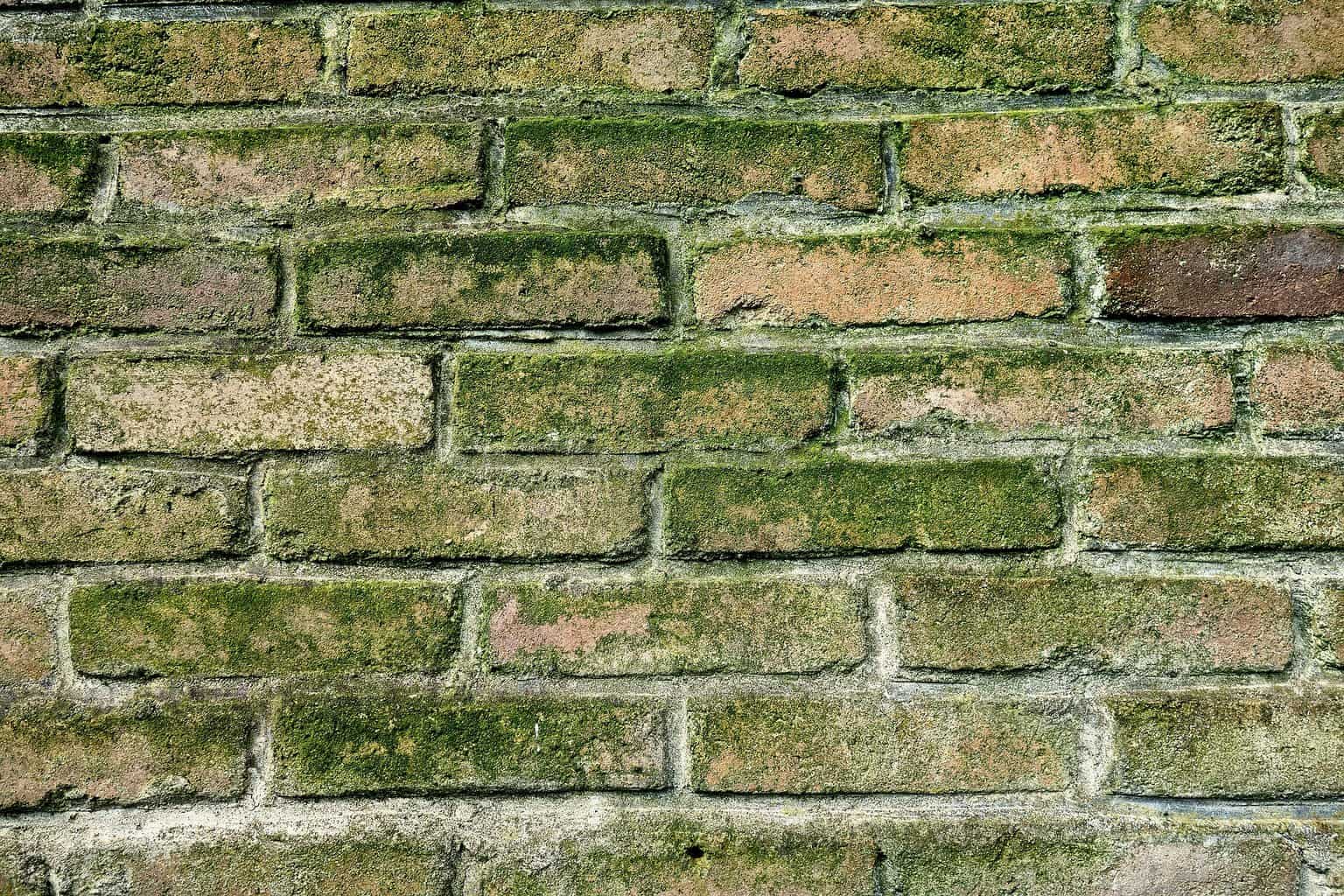Mold issues are common in homes, and while it’s not always harmful, it may result in your house’s structural damage or negatively impact health if left undetected and untreated. Mold is often invisible to the naked eye because it grows in dark areas, making it difficult to spot.
Detecting mold in advance can help safeguard your home’s structural health while keeping respiratory diseases and allergies at bay. Here are seven warning signs of mold in your home.
1. Black or brown stains on ceilings or walls
Contents
Mold developing on ceilings and walls may appear as dark-colored patches or stains. However, the discoloration may take on various colors and shades, although brown and black are the most common. Grey, green, yellow, blue, pink, purple, orange, and white are other mold growth colors. Humidity levels, light, and food sources may influence mold color.
Actively developing mold is usually soft, damp, or slimy and smears when touched, regardless of color. If you spot these stains on your walls or ceilings, it’s advisable to get the areas tested by a mold remediation company because attempting to remove or clean the stains may result in the mold spores becoming airborne, calling for in-depth remediation.
2. Musty smell from your heating or air conditioning system
The odd smell emanating from your air conditioning or heating system is a subtle mold symptom because mold spores generate a unique musty smell. Since ACs distribute air and their cooling coils create condensation, mold is bound to grow. Also, ductwork and air conditioners provide dark spots where mold can flourish. Window AC units, wall-mounted standalone air conditioners, free-standing portable ACs, and central air conditioners are the types of AC susceptible to mold.
Mold growth in AC units can be risky because they circulate air throughout your house, meaning a moldy AC blows microscopic mold spores, compromising indoor air quality. If the mold build-up in your AC is significant, replacing it is more cost-effective than removing it, especially for small ACs. Alternatively, you can hire an expert to handle it.
3. Dark grout
While a dark or black grout may be caused by dirt, it could also be a sign of mold, especially in areas with high humidity or moisture, including kitchen backsplashes, shower tiles, and bathroom floors. Consider wiping down your tiles after every shower to inhibit mold development. While mold in the grout may be harmless, it’s essential to determine the cause and address it immediately to safeguard your home structure.
4. Chronic headaches and fatigue
Exposure to specific mold toxins, including mycotoxins, may result in sick-building syndrome, a health condition linked to poor indoor air quality. Fatigue and headaches are the most prevalent symptoms associated with the sick-building syndrome. You may start experiencing these symptoms within hours of going into the affected area and improve a few minutes after leaving.
Consider seeing a physician if you’re suffering from chronic fatigue and headaches to rule out other possible causes, including sleep apnea, heart problems, kidney or liver issues, depression, viral or bacterial infections, iron and Vitamin B12 deficiencies, and more. If your symptoms are due to mold exposure, call in a mold removal service for consultation and inspection.
5. Peeling or bubbling paint and wallpaper
While bubbling or peeling paint could be a sign of poor preparation before painting or a lousy painting technique, it could also signify moisture penetration. When paint begins cracking or peeling, it’s a sign that there’s moisture build-up under the paint. By the time the paint issue is visible, mold has often started growing in the wall, calling for mold removal.
6. You get asthma, or it worsens
Respiratory issues and lung damage are common complications caused by mold in your home. If you suddenly start feeling short of breath or having trouble breathing, which results in an asthmatic diagnosis, or an existing asthma condition worsens, it could be a sign of mold growth in your home. Inspect the spaces where your breathing issues seem worse and your vents to determine the source of the problem and get it addressed immediately. Alternatively, organize a mold inspection and testing to get it professionally removed.
7. Recent moisture or water problems
Mold spores are generally harmless and inactive in the air and won’t grow unless there’s moisture present. They need humid, damp, or wet conditions to grow into fully developed mold. Recent water leaks and unusually high humidity levels are precise mold risk factors.
If you’ve recently experienced flooding, a water leak, or other kinds of moisture concern that wasn’t handled immediately or adequately dried, mold has a high possibility of growing. Leaky faucets or pipes, plumbing problems, water intrusion from weather, condensation from AC or heating units, and poorly ventilated basements, kitchens, and bathrooms are other mold-causing conditions to look out for.
Endnote
If not detected or treated early, mold may compromise your property’s structural integrity and negatively impact your health. Familiarize yourself with the warning signs of mold in your home and get it treated or removed immediately.
